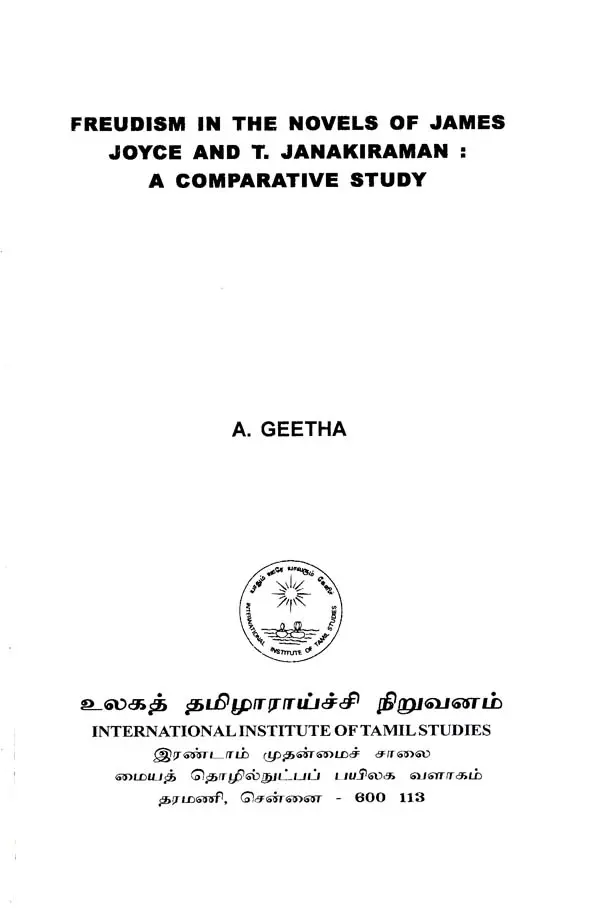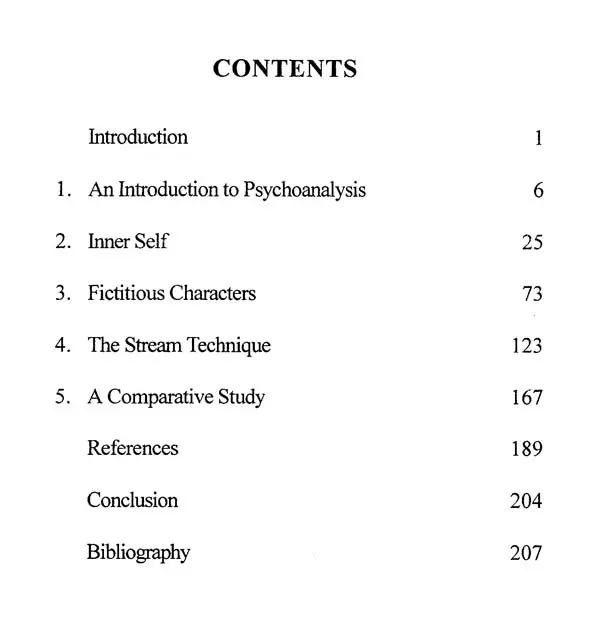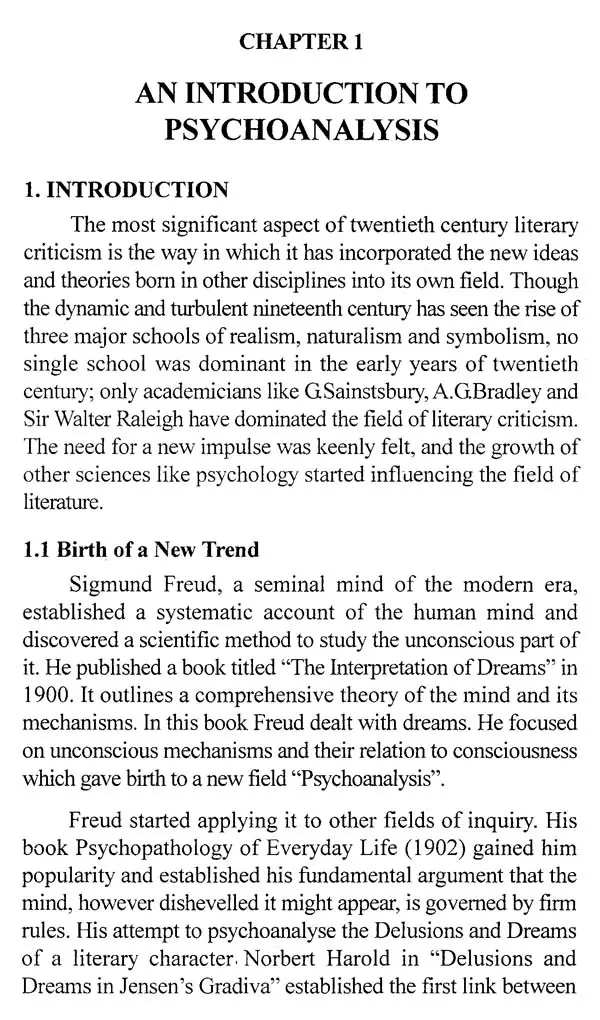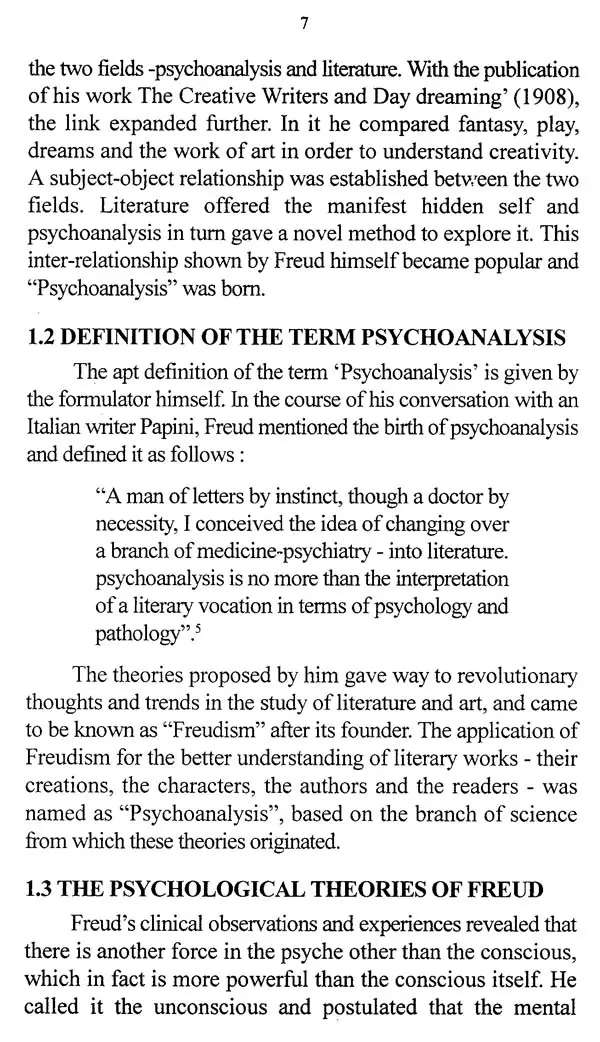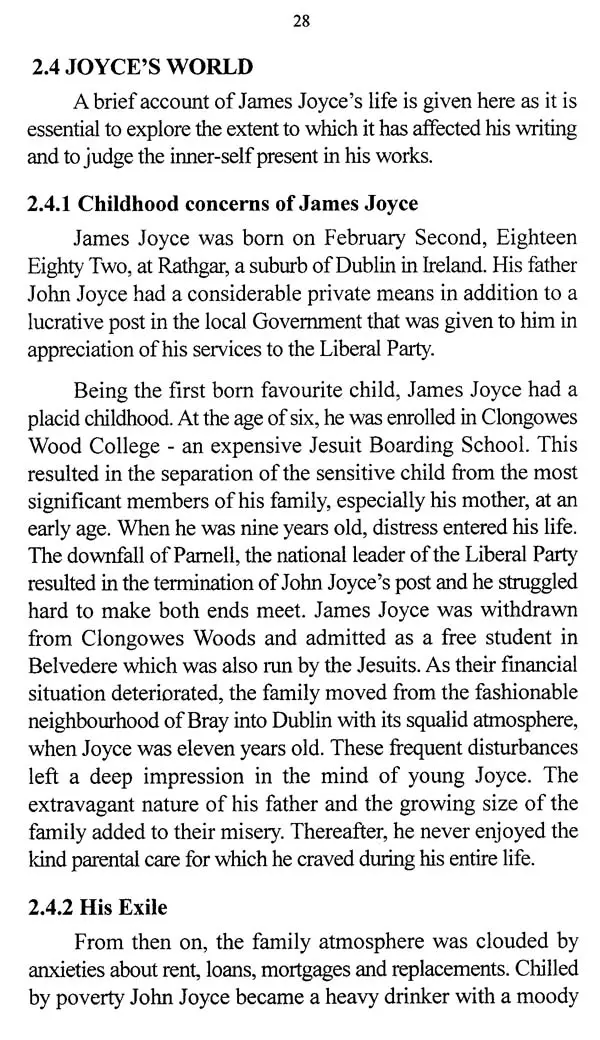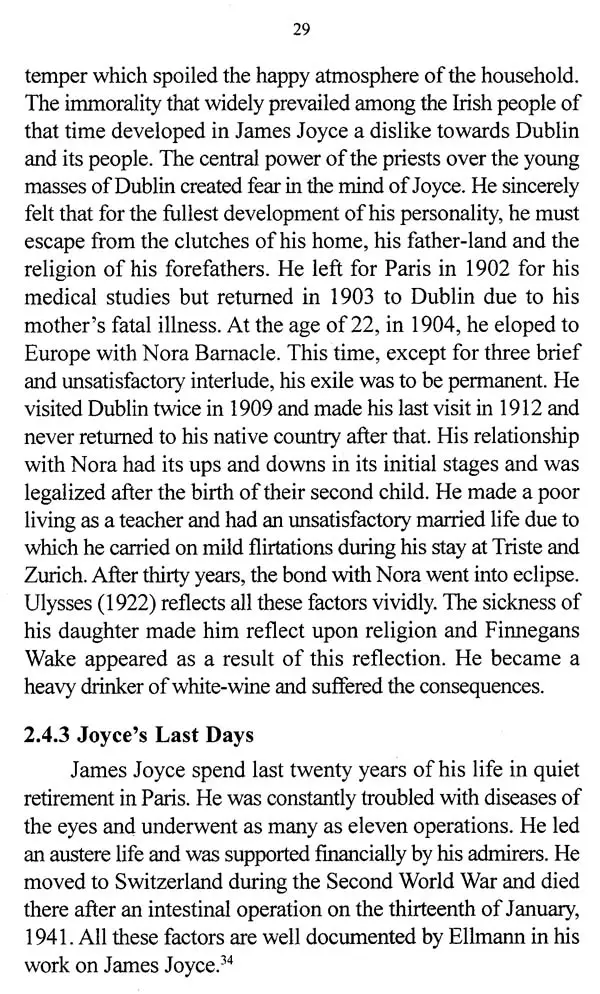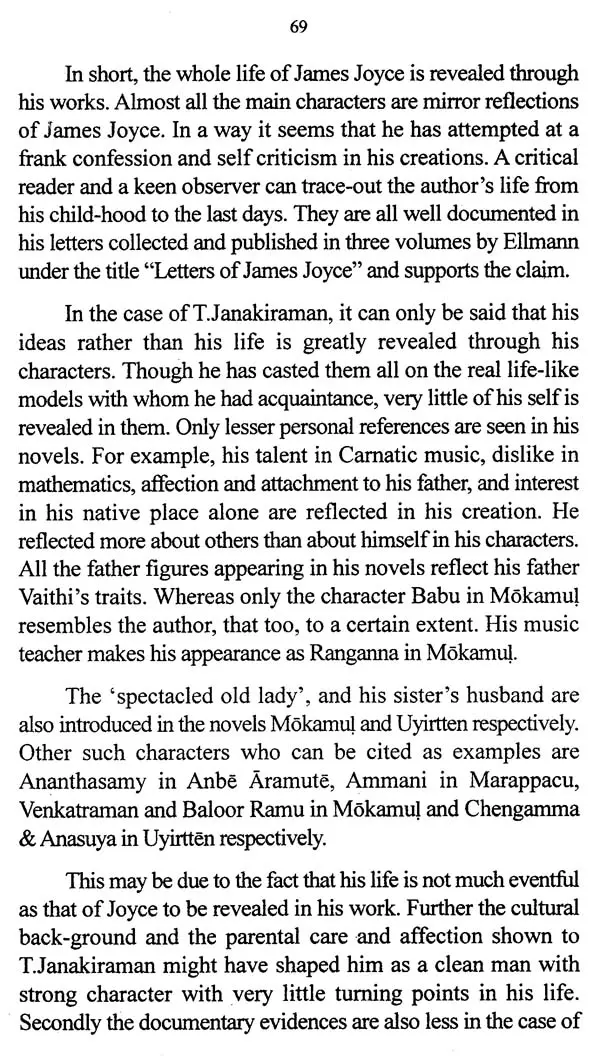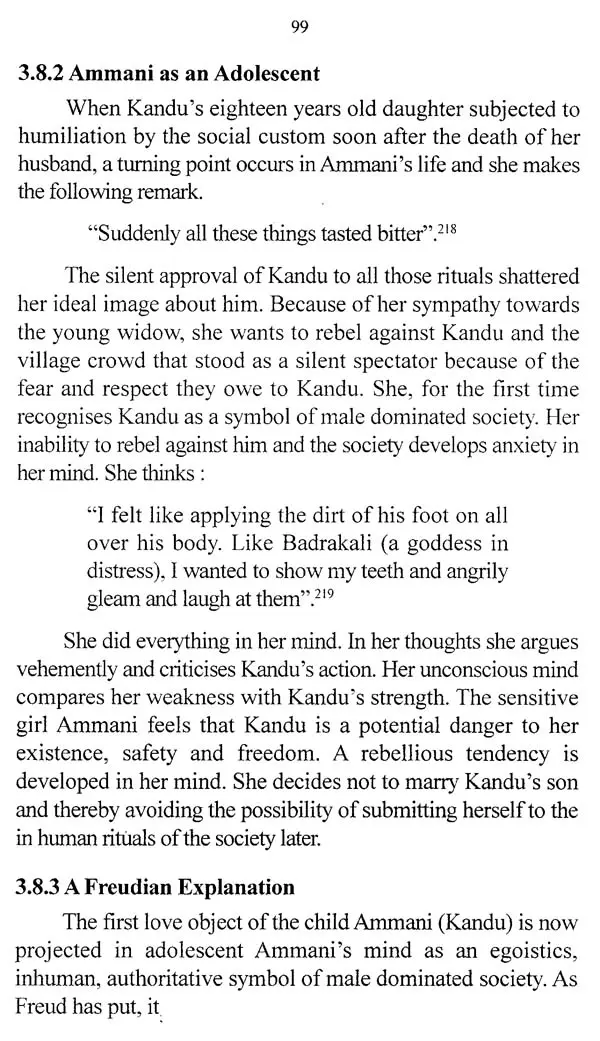
Freudism in the Novels of James Joyce and T. Janakiraman: A Comparative Study
Book Specification
| Item Code: | UAN071 |
| Author: | A. Geetha |
| Publisher: | International Institute of Tamil Studies, Chennai |
| Language: | English |
| Edition: | 2009 |
| Pages: | 224 |
| Cover: | PAPERBACK |
| Other Details | 8.50 X 5.50 inch |
| Weight | 280 gm |
Book Description
Twentieth Century, the age of Science & Technology, gave birth to various theories in the field of literature too. Particularly, the evolution of the Theory of Literary Criticism paved the way to many different schools of thought among the creative writers. The influence of these schools never failed to reflect in their works. The book entitled 'Three Contributions to the Theory of Sex', written by Sigmund Freud in 1905, brought out tremendous changes among a set of creative writers as well as critics. Soon the term Freudism became very popular in the world of creative writing.
In the Tamil world of creative writing it was T. Janakiraman who was greatly influenced by Freudism. This influence made him the pioneer writer of psychological novels in Tamil. As his novels were based on the familiar themes and feminine psychology of Freud, he was criticised by both the readers and critics, during his life time. His, 'Amma Vantal', 'Mokamul' and 'Marappasu' are some of the fine examples of such kinds.
The birth of a new trend in Literary Criticism started in 1910 when a book titled "Three Contributions to the Theory of Sex" (1905) by Sigmund Freud (1856-1939) was translated in English by A.A. Brill. A long series of publications, The Interpretation of Dreams (1900), The Creative Writers and Day Dreaming (1908), Jokes and Their Relations to the Unconscious (1905) by the same author introduced a new concept of the "Unconscious Mind" which is responsible for the thought and deeds of human beings in their conscious state. This concept opened new vistas for critics and writers who were in constant search of new methods. They applied the psychological theories of Freud to art and literature. As a result, a new psychological approach called "Psychoanalysis" came into existence and was accepted by literary writers and critics.
Freud's theories - Theory of Mind, Dream Theory, Theory of Sexuality and Oedipus Complex and Libido Theory offered good tools for the writers as well as the critics. Writers took advantage of stream of conscious technique to present their creative works while critics used psychoanalytic criticism to relate the work to the author's psyche and his childhood experiences. It even offered a valuable key to interpret fictitious characters in works which hitherto remained a puzzle and mystery. In short, the techniques developed by psychoanalysis also emerged as a promising method for examining literature.
**Contents and Sample Pages**
